When assembling a computer, the choice of monitor directly affects visual experience and work efficiency. Considerations include resolution, refresh rate, size, panel type, and interface type.1. Core Parameters:
Resolution, Refresh Rate, and SizeResolution1080p (1920×1080): Suitable for daily office work and light entertainment, offering good value (e.g., screens under 24 inches).2K (2560×1440): Enhances clarity, recommended for 27-inch gaming or design users, balancing performance and GPU load.4K (3840×2160): The first choice for professional image processing and video editing, requires a high-performance graphics card (e.g., RTX 4070 or higher).
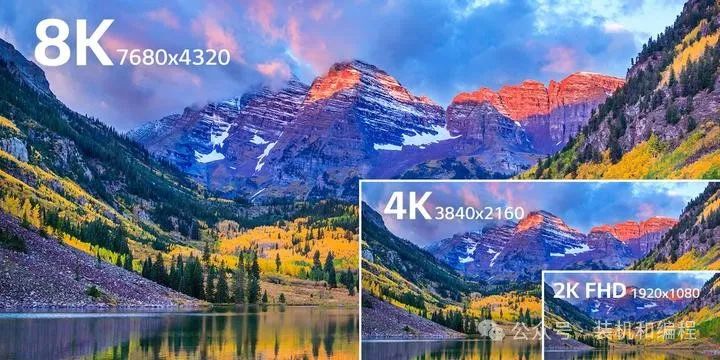
Refresh Rate60Hz: Meets office and multimedia needs, suitable for budget-conscious users.144Hz and above: A must for esports players, reduces screen tearing (recommended to pair with FreeSync/G-Sync technology), such as ASUS VG27AQ (144Hz IPS).240Hz: Provides an extremely smooth experience, suitable for professional FPS players (e.g., Alienware AW2523HF).
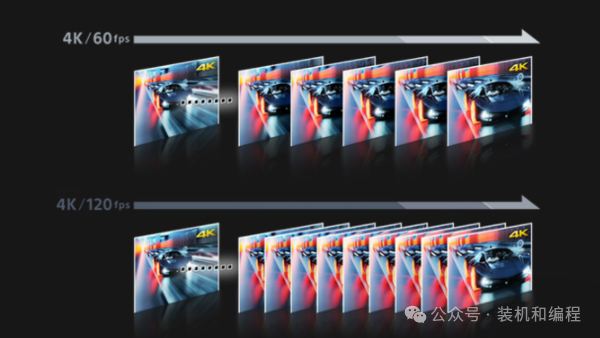
Screen Size24-27 inches: A mainstream choice, suitable for most desktop spaces, balancing immersion and comfortable viewing distance.32 inches and above: For multitasking or multimedia entertainment, a curved design is recommended (e.g., Samsung Odyssey G7).
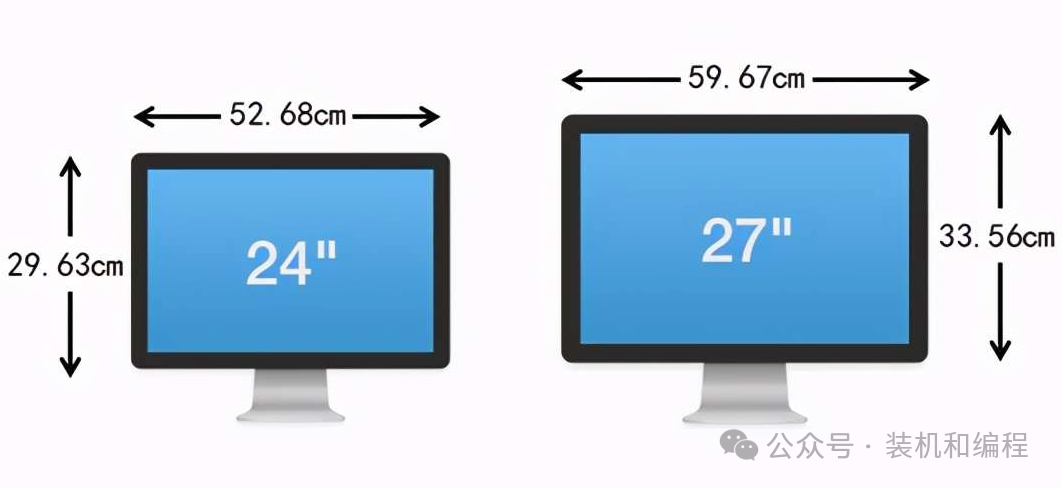
2. Panel Types:
Weighing color and response based on needsIPS PanelAdvantages: Accurate colors (99% sRGB coverage), wide viewing angles (178°), suitable for design and post-production (e.g., Dell UltraSharp U2723QX).Disadvantages: Slightly slower response time (1-5ms), lower contrast than VA.
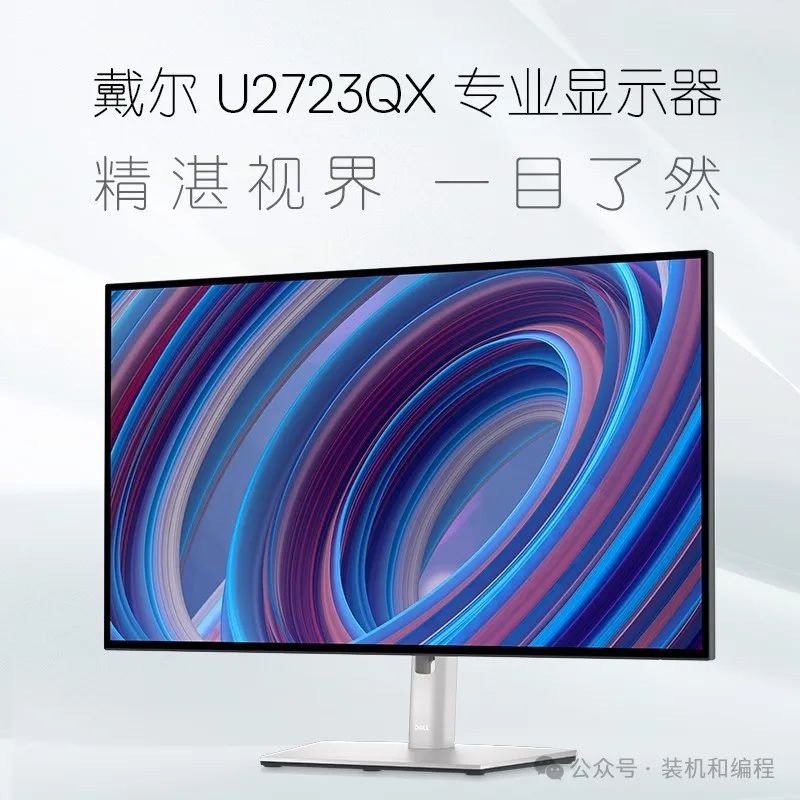
VA PanelAdvantages: High contrast (3000:1), deep black performance, suitable for movie enthusiasts (e.g., Philips 345M2).Disadvantages: Longer response time, may produce ghosting.
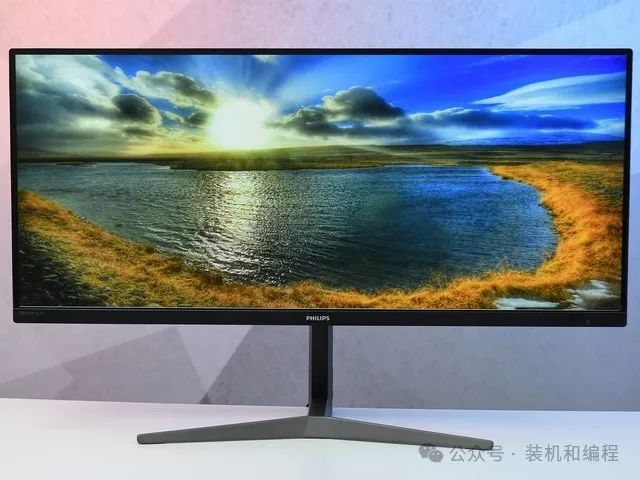
TN PanelAdvantages: Fast response (1ms), low price, suitable for budget-conscious esports players (e.g., AOC 24G2).Disadvantages: Colors are washed out, narrow viewing angles.
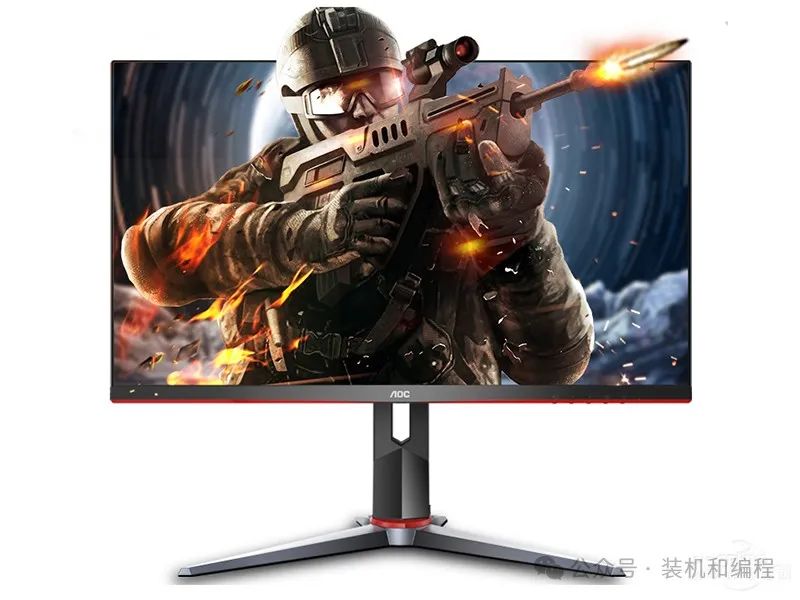
OLED PanelAdvantages: Infinite contrast, ultra-fast response, suitable for users pursuing ultimate picture quality (e.g., LG UltraFine OLED Pro).Disadvantages: High price, risk of burn-in.
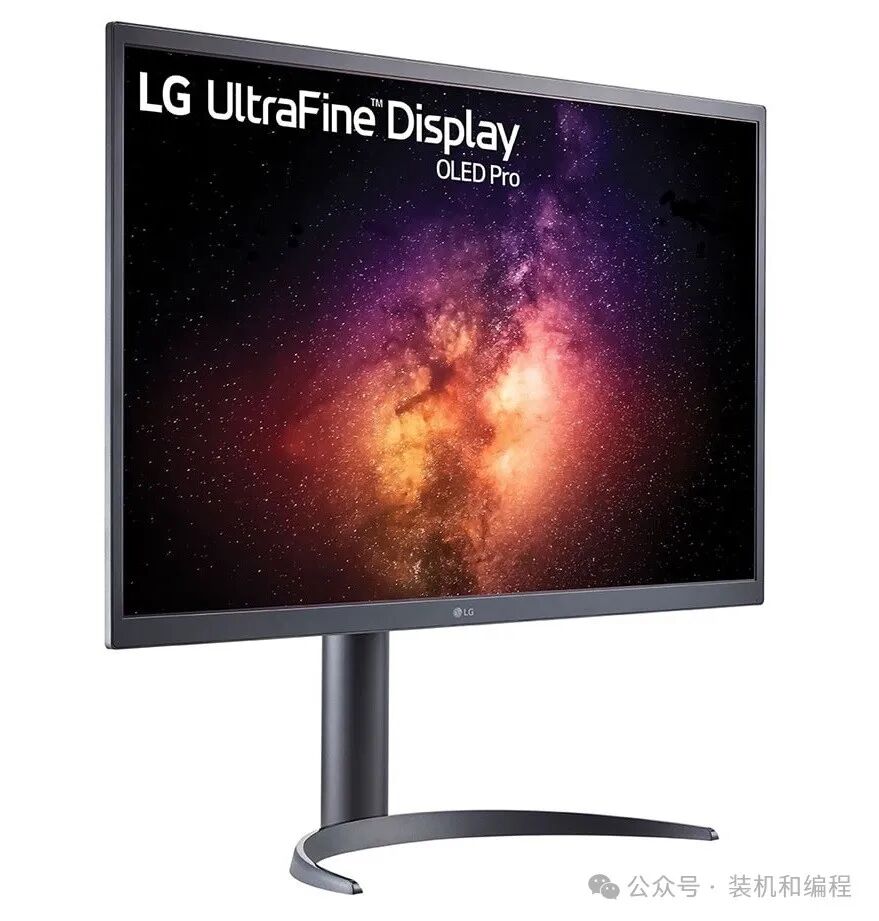
3. Interfaces and Expandability:
Compatibility with host and future needsInterface TypesDisplayPort 1.4/2.1: Supports 4K@144Hz or 8K output, preferred choice (e.g., must match graphics card).HDMI 2.1: Suitable for next-gen consoles (PS5/Xbox Series X) and 4K high refresh rates.USB-C: One-cable solution can transmit video, data, and power simultaneously (suitable for laptop users).
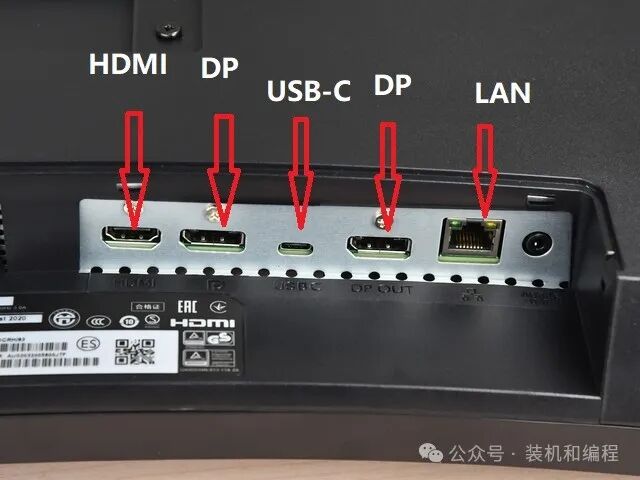
Multi-Screen CollaborationProfessional users are advised to choose monitors that support PIP/PBP functions (e.g., ViewSonic VP2768A) for multi-source splitting.
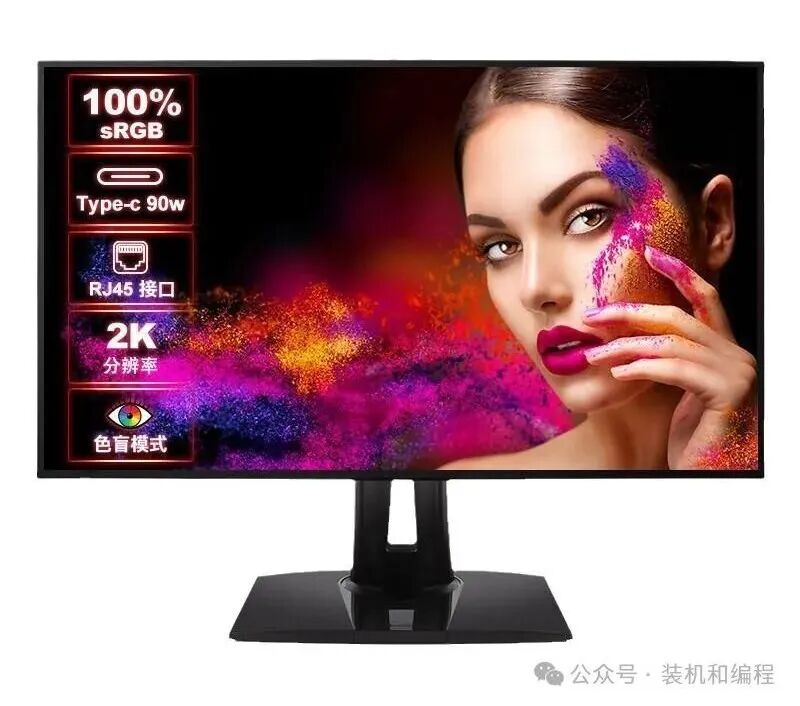
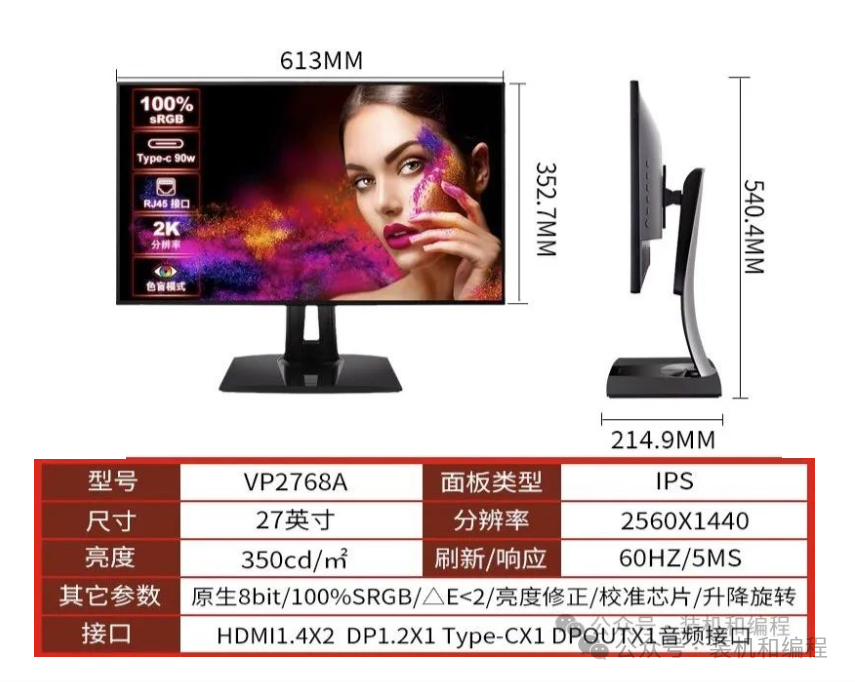
4. Health and Ergonomics:
Comfort for long-term useEye Care TechnologySelect models certified by TÜV for low blue light (e.g., BenQ PD series) to reduce eye fatigue.Flicker-Free technology can avoid screen flickering.
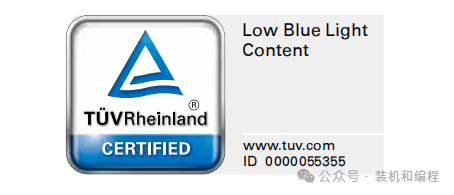
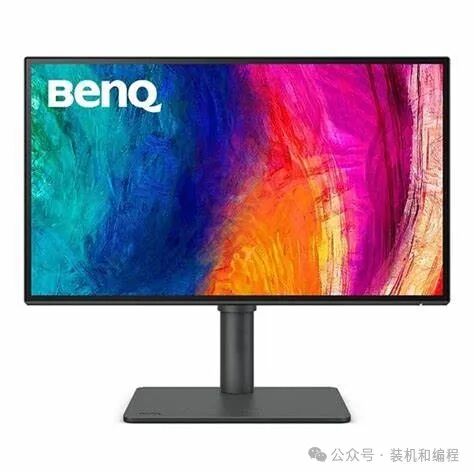
Adjustment FeaturesSupport for height adjustment, rotation (portrait mode suitable for programming/document processing), and tilt adjustment (e.g., Ergotron stands).5. Recommendations
Color Gamut and Accuracy:
Design users should pay attention to ΔE<2, supporting Adobe RGB or DCI-P3 color gamut (e.g., ProArt series).
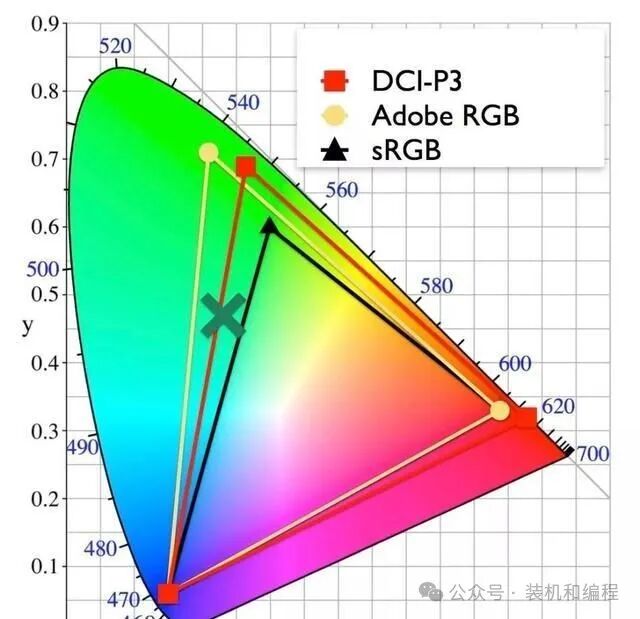
HDR Support:
HDR600 and above can enhance the dynamic range for gaming/movies (e.g., Samsung Odyssey Neo G8).
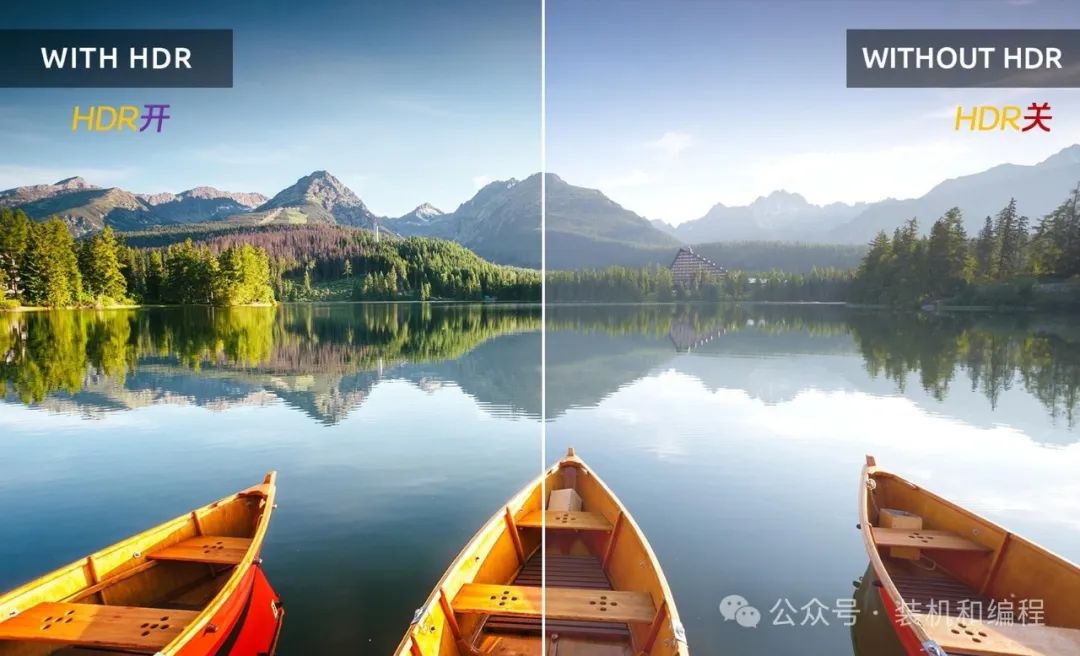
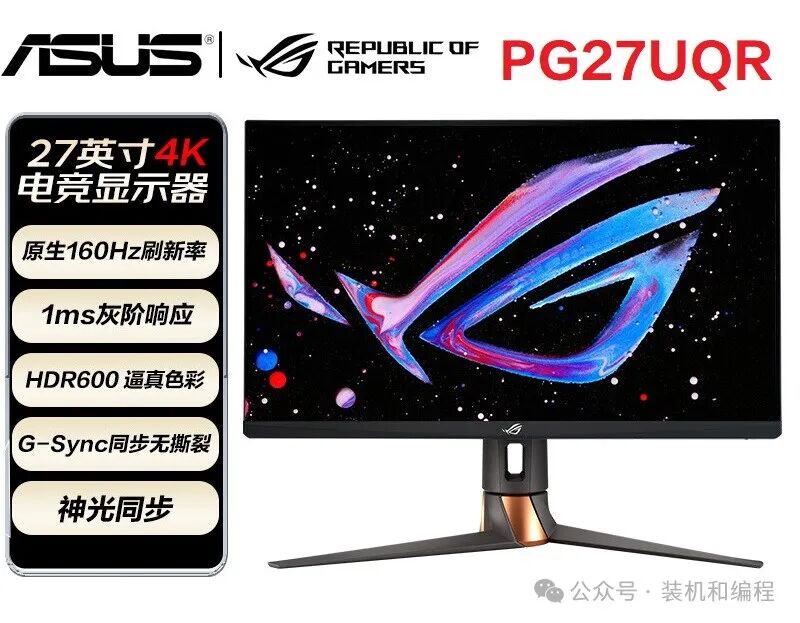
Future Trends:
Pay attention to Mini LED backlight technology (higher brightness and contrast) and AI automatic optimization features (e.g., BenQ’s smart dimming).
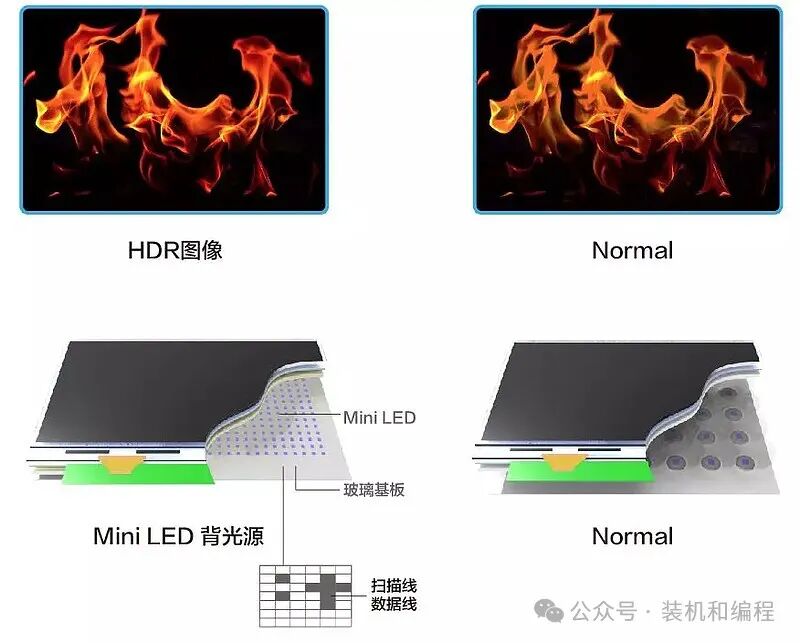
By following these strategies, users can accurately match monitors based on usage scenarios (office, gaming, design) and budget, achieving a balance of performance, comfort, and cost.
6. Recommended Hot-Selling Models for 20251. Cost-Effective Gaming ModelHKC G24H1 Classic EditionSpecifications: 23.8 inches 1080p, 200Hz Fast IPS, 1ms response, HDR400, hardware low blue light.Applicable Scenarios: Ideal for budget-conscious FPS players, perfect for small dormitory desks.
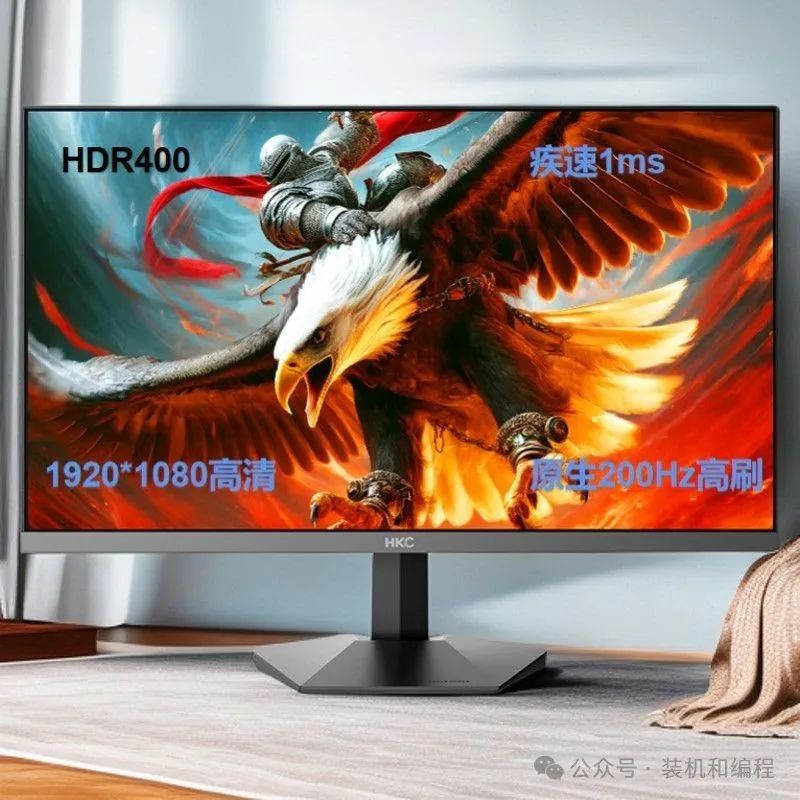
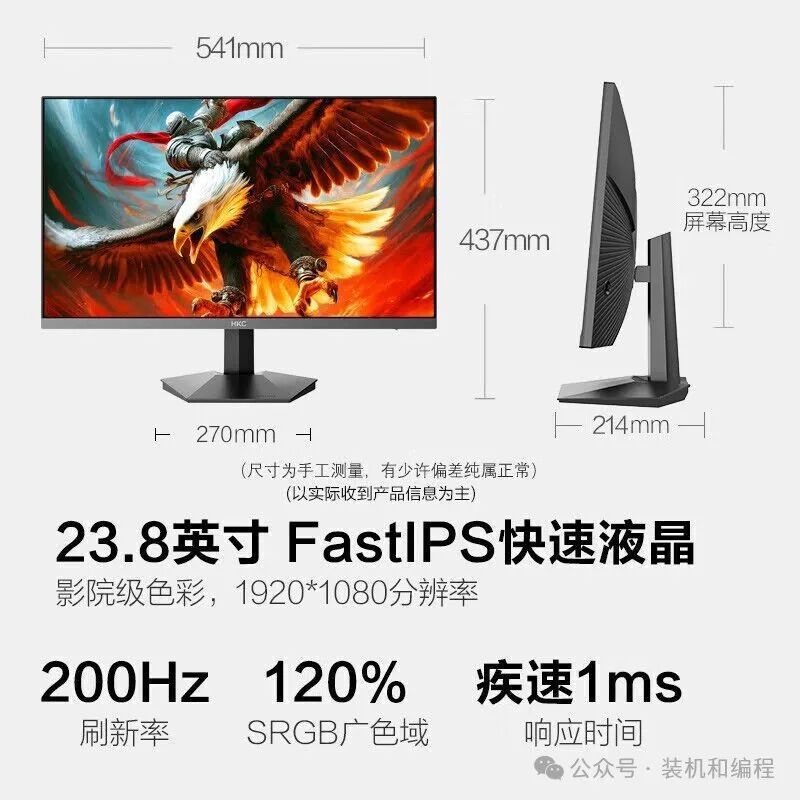
AOC Q24G4ESpecifications: 24 inches 2K 180Hz, ΔE<1.27, three-sided narrow bezel, supports height and rotation adjustment.Highlights: Major brand color calibration, balancing light design and gaming needs.
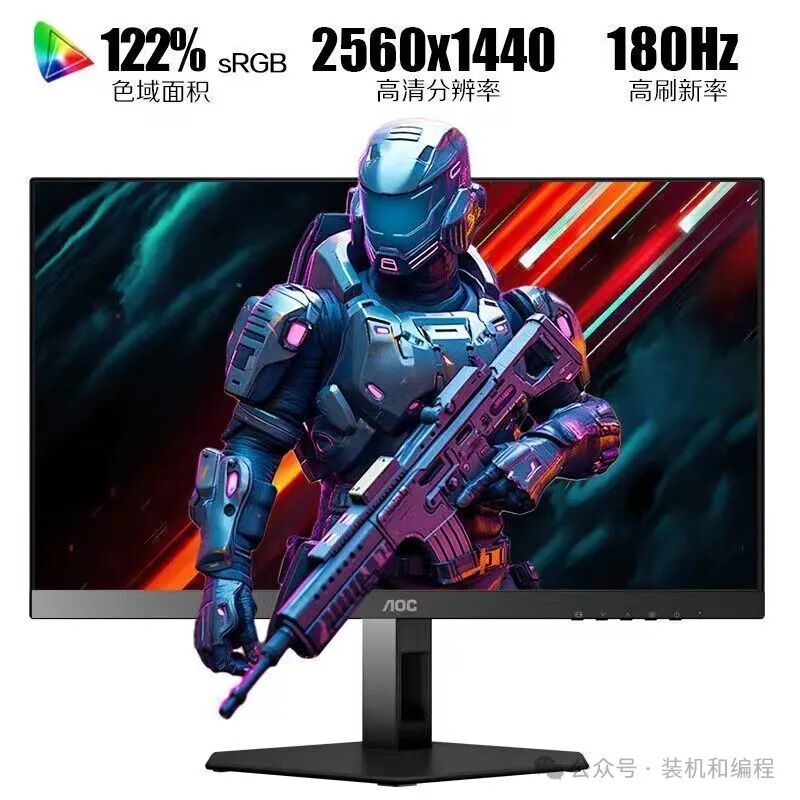
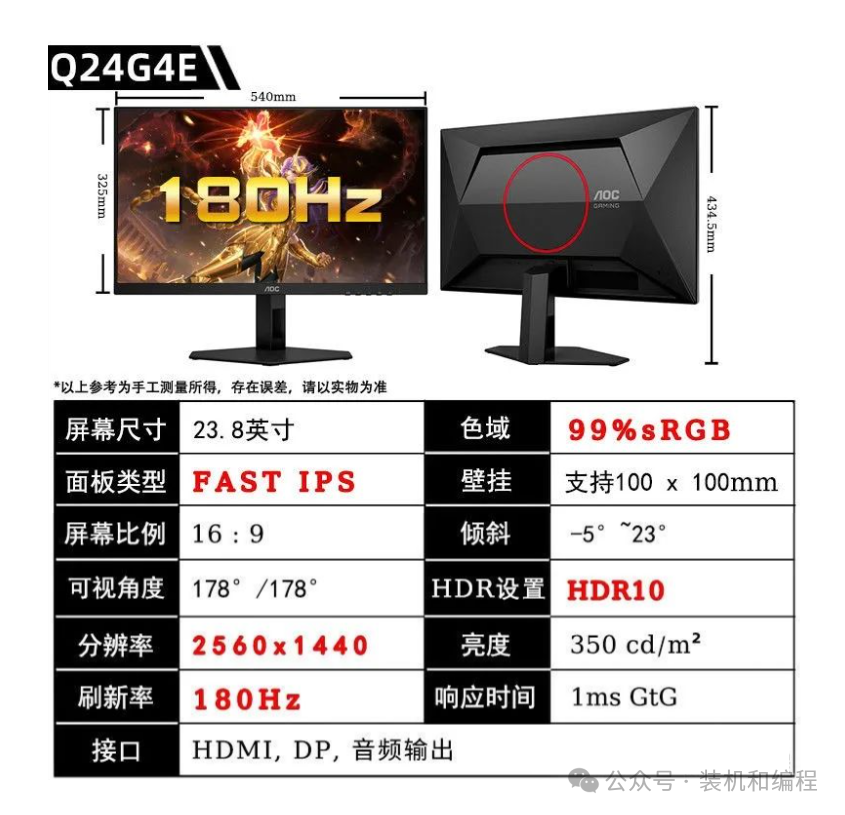
2. Mainstream Gaming FlagshipASUS ROG XG27ACG-WSpecifications: 27 inches 2K 240Hz Fast IPS, 0.5ms response, G-Sync compatible, ROG dark enhancement algorithm.Advantages: Linear OD calibration, Type-C one-cable solution, suitable for high-end esports players.
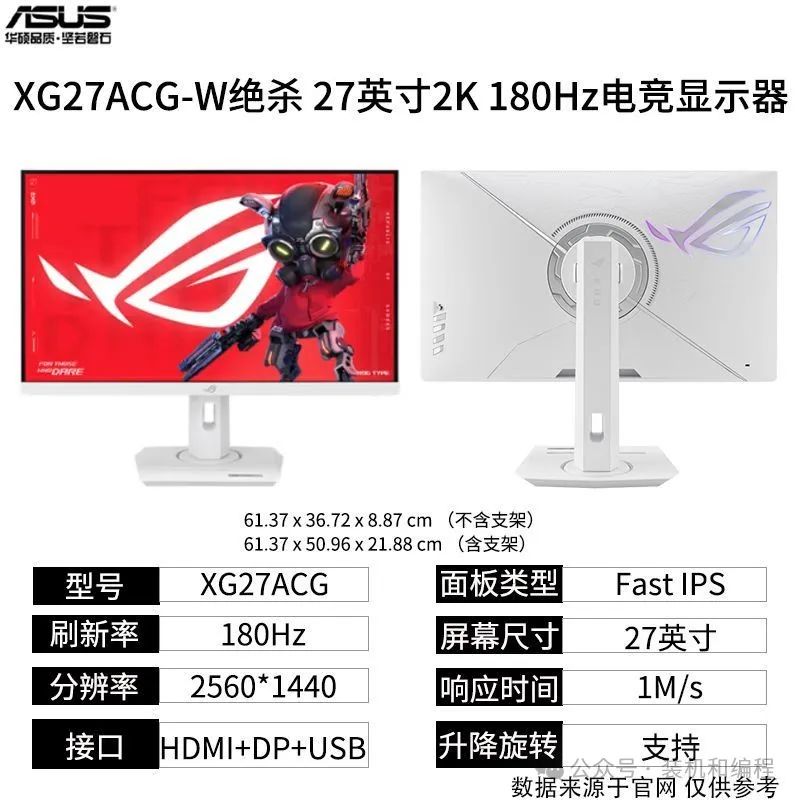
LG 27GS85QSpecifications: 27 inches 2K 200Hz Nano IPS, 98% DCI-P3 color gamut, HDR400, adjustable stand.Highlights: Original Nano IPS panel, excellent color and response.
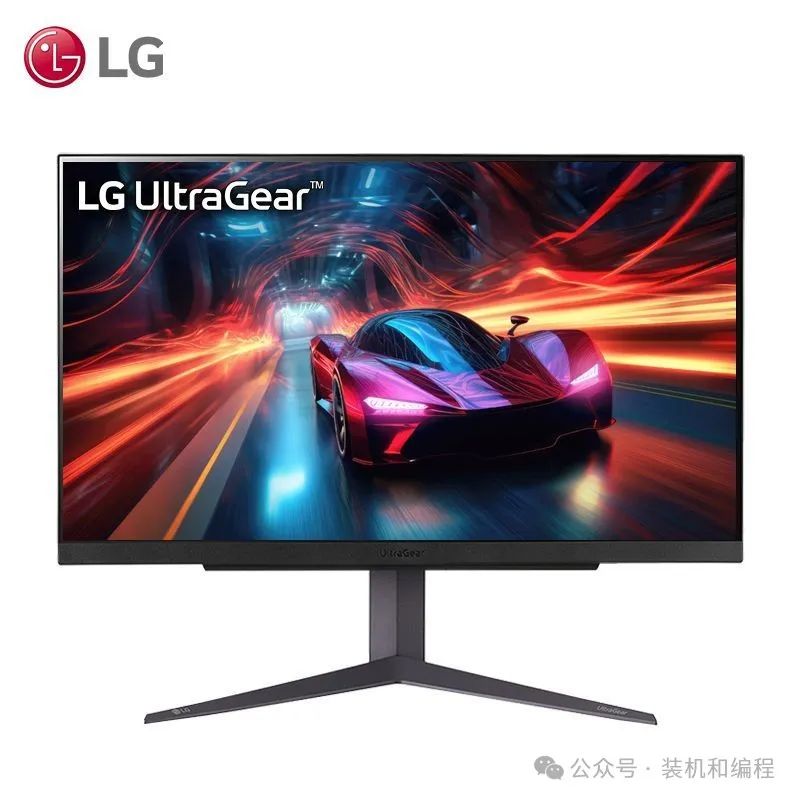
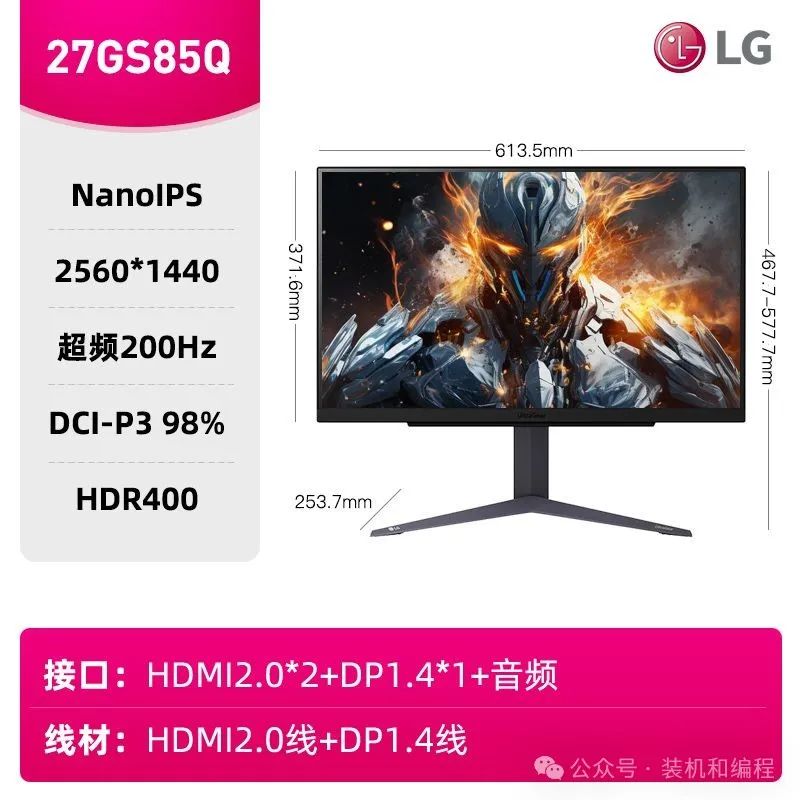
3. 4K Professional Design ModelSANC G7u ProSpecifications: 27 inches 4K 160Hz, dual HDMI 2.1, hardware low blue light, factory color calibrated (ΔE<2).Applicable Scenarios: Ideal for budget-conscious 4K design/gaming users, comprehensive performance without shortcomings.
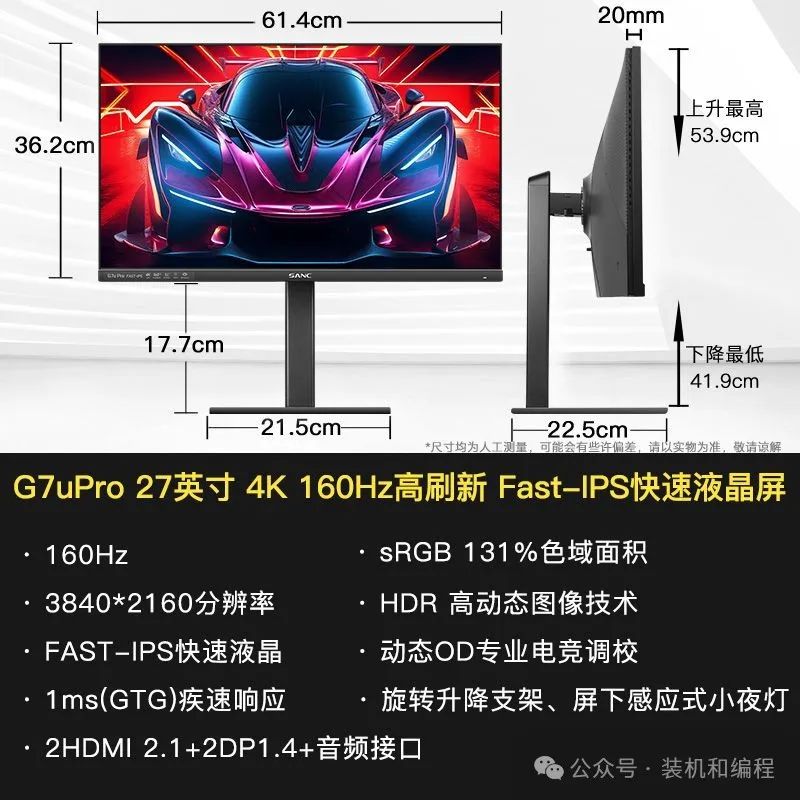
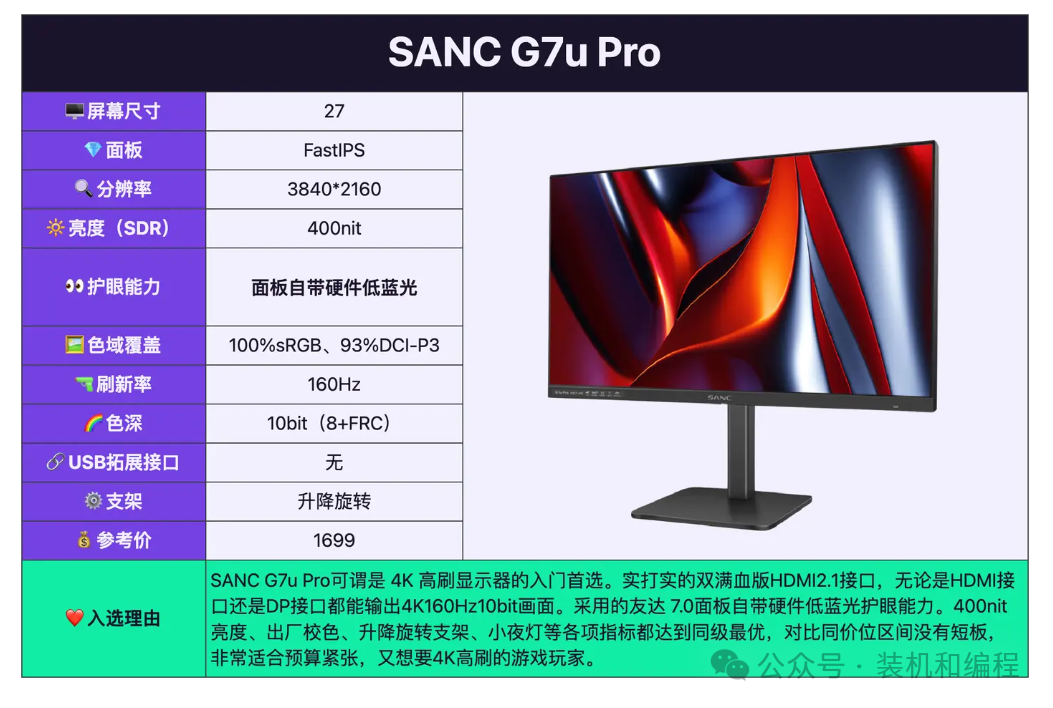
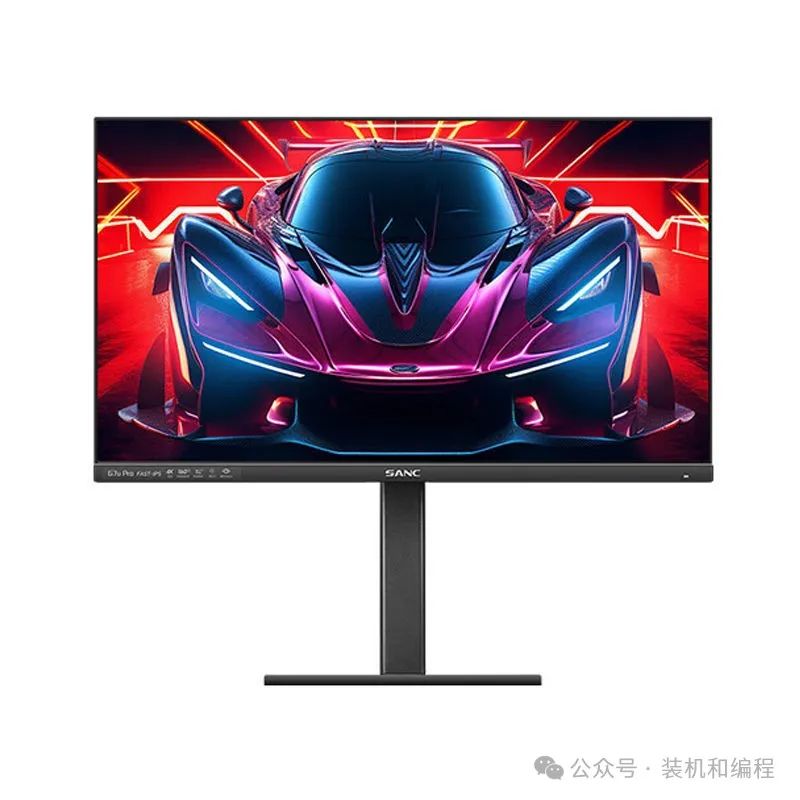
Dell U2724DSpecifications: 27 inches 2K 120Hz IPS Black, 100% sRGB, ΔE<2, automatic brightness adjustment.Advantages: Professional-grade color accuracy, ComfortView Plus eye care technology.
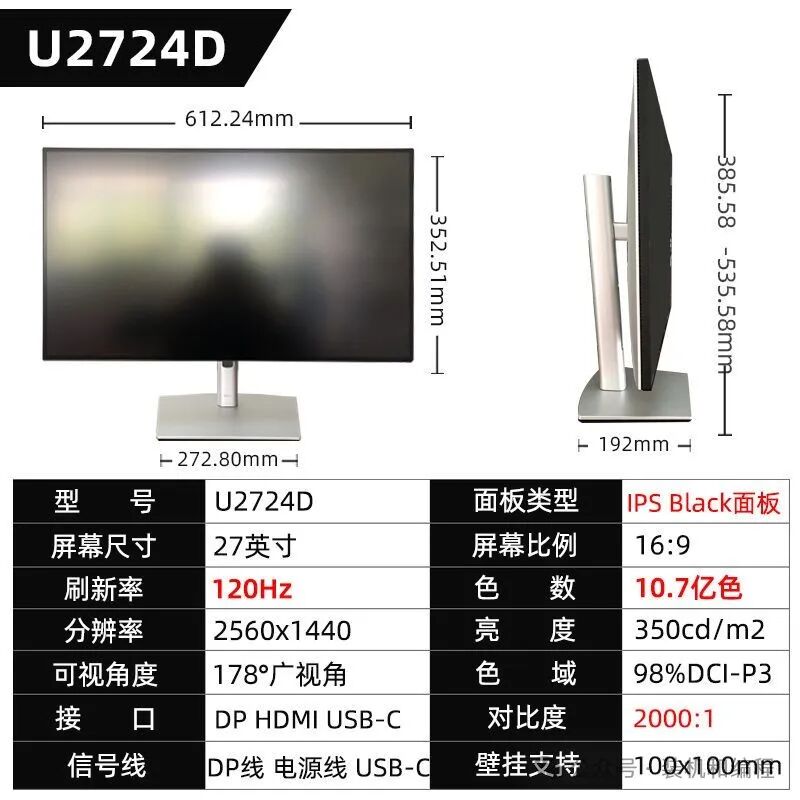
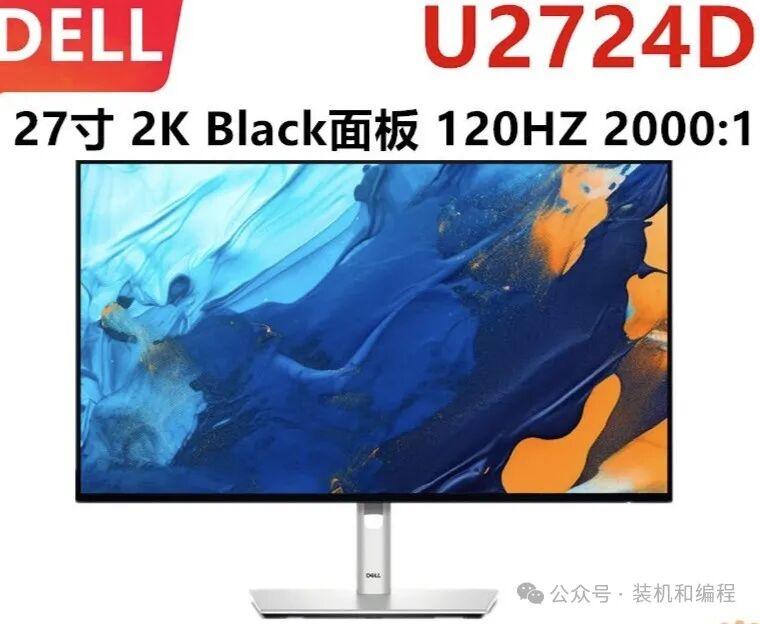
4. Large Screen Immersive ExperienceSamsung Odyssey G50Specifications: 32 inches 2K 180Hz Fast IPS, 99% sRGB, HDR400, ergonomic stand.Highlights: A rare non-curved large screen model, suitable for multimedia and office multitasking.
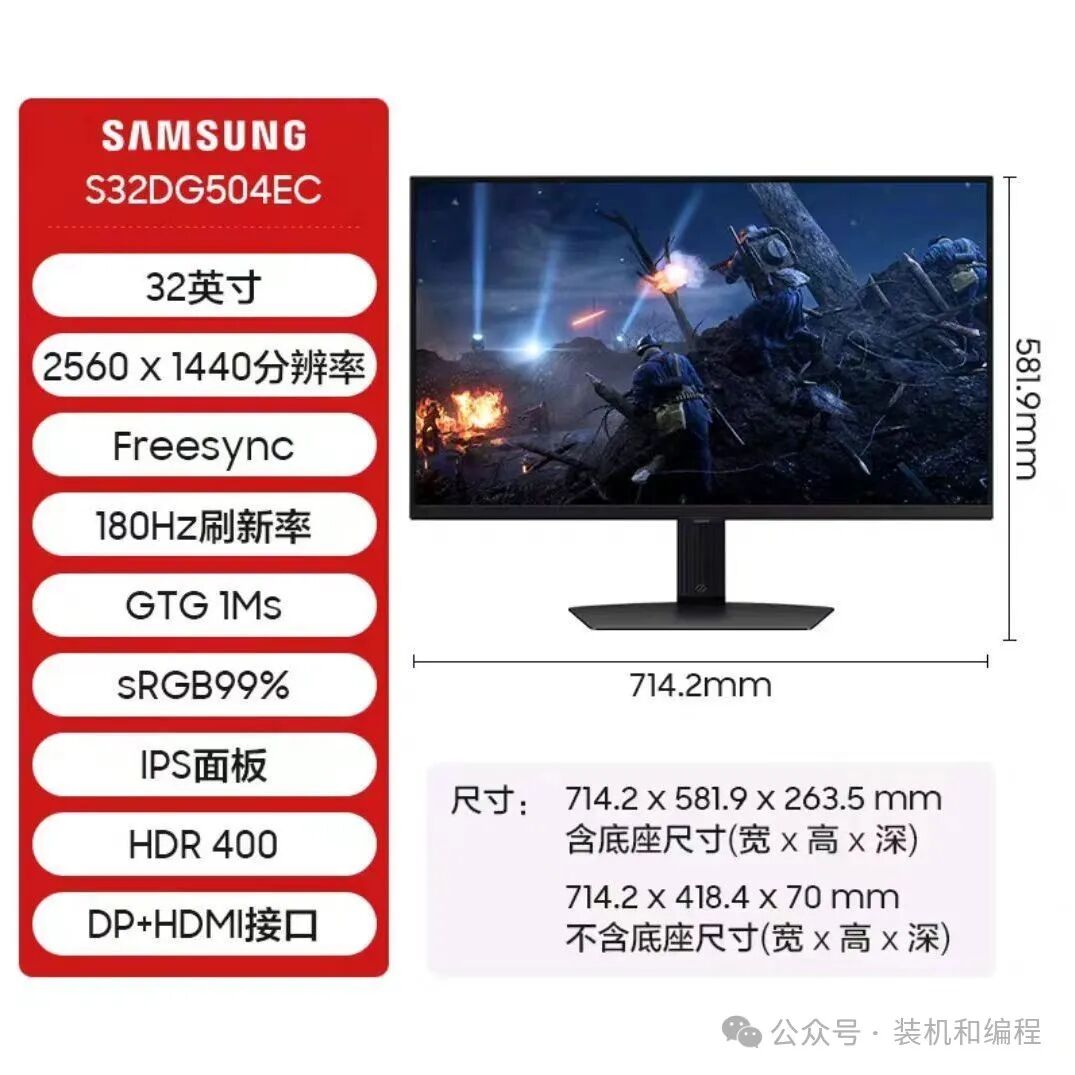
7. ConclusionBudget Allocation: The performance of the graphics card must match the monitor (e.g., at least RTX 4070 Super for 4K screens).National Subsidy: In March, most regions in the country can enjoy national subsidies, prioritize models that support HDMI 2.1/Type-C.Health First: Choose hardware with low blue light + TÜV certification to reduce fatigue from long-term use.Example Pairing:Mid-range gaming host (i5-14600K + RTX 4060 Ti): Choose AOC Q24G4E (2K 180Hz).Flagship design host (Ryzen 9 7900X + RTX 4080): Choose Dell U2724D (professional color accuracy + eye care).